Sailing the Arctic
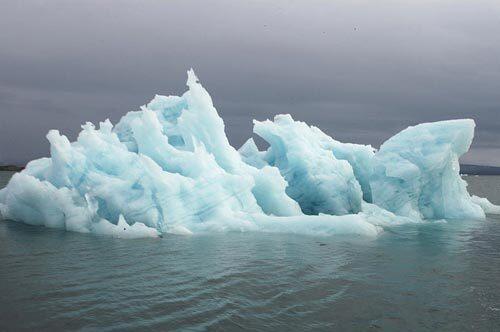
Sailing near the Arctic near Svalbard, Norway, offers a close look at glaciers and house-size chunks of ice that break off and take on blue, green or purple hues. (Louise Roug / Los Angeles Times)
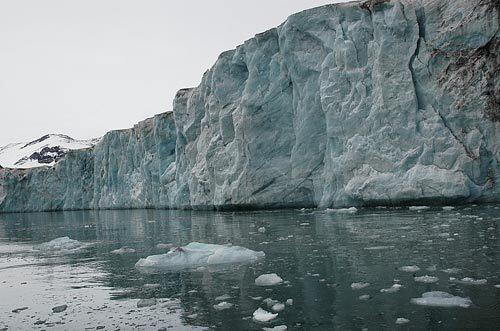
Svalbard, a cluster of islands between Norway and the North Pole, is a place of midnight sun, northern lights, natural wonders and dramatic contrasts. With the exception of the small town of Longyearbyen, the remote archipelago is rugged and wild. (Louise Roug / Los Angeles Times)
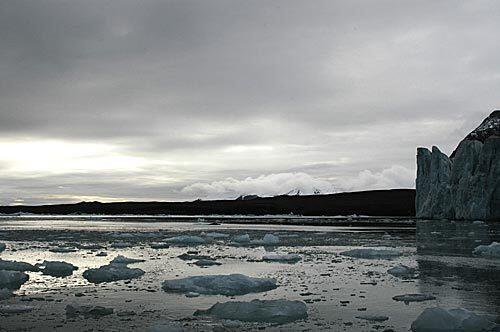
Other adventure outfits offer trips around the fiords by icebreakers or powerful rubber dinghies. But only one operator--Mark van de Weg--takes travelers by sailboat around Svalbard. (Louise Roug / Los Angeles Times)
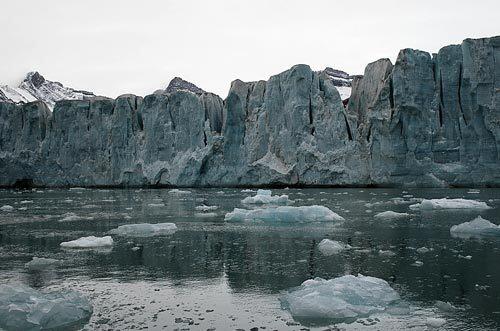
In September, every day is about half an hour shorter than the previous day. And temperatures approach 30 degrees, which feels much colder because of the wind. (Louise Roug / Los Angeles Times)
Advertisement
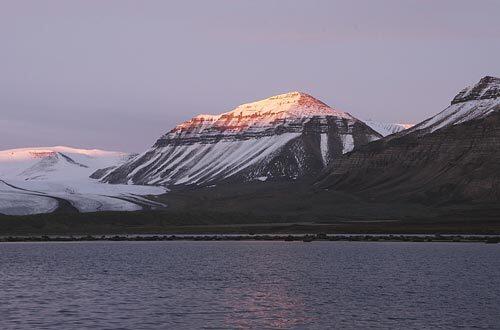
Today, about 2,000 people live in Longyearbyen, working in coal mining, Arctic research or adventure tourism. No one is born on the islands -- everyone comes from somewhere else. Because life here is physically demanding, the population is generally young and fit. (Louise Roug / Los Angeles Times)
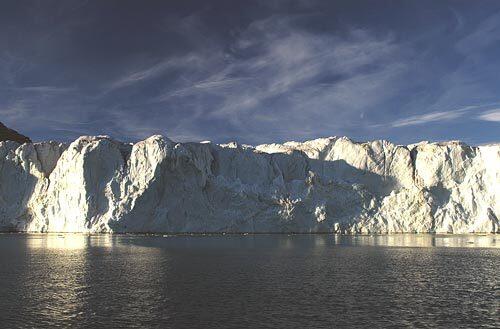
Glaciers are magnificent to behold -- vast and with a surprising array of colors, including shades of blue, green and purple (Louise Roug / Los Angeles Times)
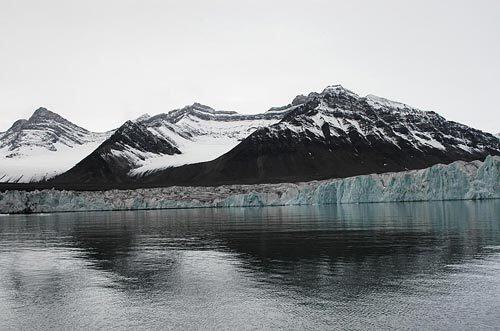
Vikings probably first visited the archipelago in the 12th century, referring to it as Svalbard, meaning “cold edge.” Willem Barents, a Dutch explorer for whom the Barents Sea is named, came upon the archipelago in 1596, and the islands became a center for whaling and Arctic exploration. (Louise Roug / Los Angeles Times)
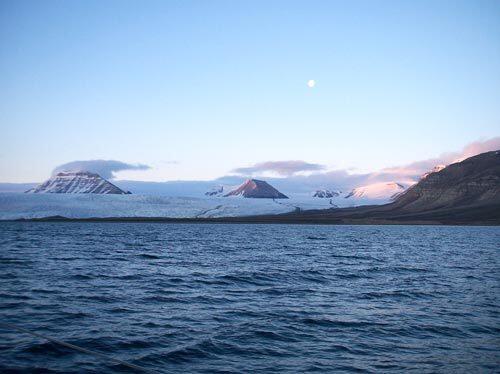
In September, the ground is not yet covered entirely with snow, so it’s impossible to travel overland on skis, by snow scooter or by dog sled. Sailing offers an opportunity to get closer to the front of the glacier than one could ever be on land. (Louise Roug / Los Angeles Times)
Advertisement
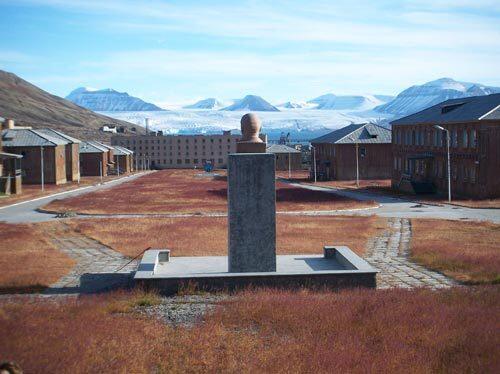
An odd remnant of life in Pyramiden: a bust of Lenin (from when the Russians ran this village) and a few outbuildings. (Louise Roug / Los Angeles Times)
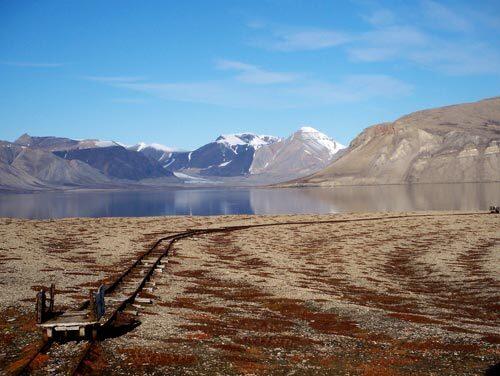
An abandoned mining venture on the Svalbard archipelago. (Louise Roug / Los Angeles Times)



